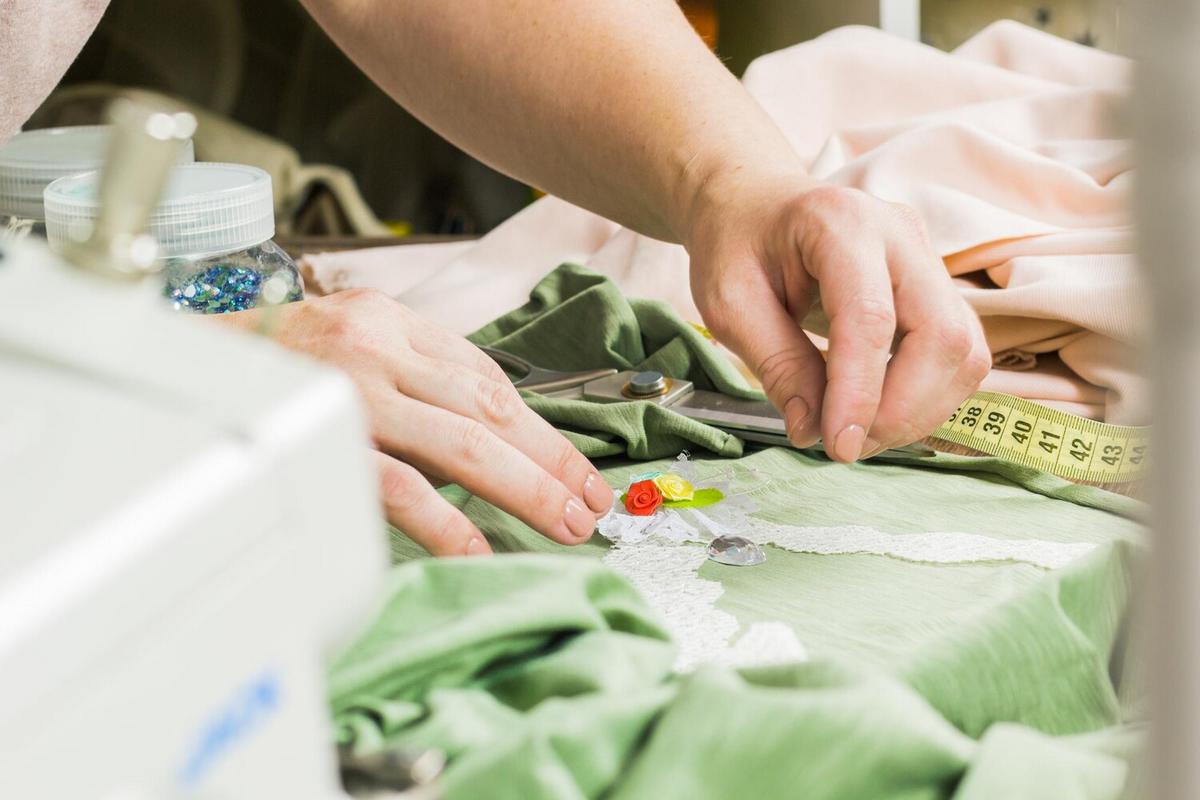
Exploring the Life Cycle of a Sustainable Garment: From Production to Disposal
The journey of a sustainable garment is a fascinating story of innovation, responsibility, and transformation, reflecting the growing demand for eco-friendly practices in the fashion industry.
Understanding the Life Cycle of a Sustainable Garment
From the initial design to the final disposal, each stage of a garment’s life cycle offers opportunities to minimize environmental impact. Let’s delve into the different phases of a sustainable garment’s life.
Production: The Beginning
The production of sustainable garments often begins with the choice of materials. Experts in sustainable fashion emphasize the importance of selecting organic or recycled fibers to reduce the carbon footprint. According to a report by the Global Fashion Agenda, using recycled materials can cut emissions by up to 30% compared to conventional materials.
Manufacturing: Ethical Practices
Manufacturing processes are crucial in ensuring sustainability. Eco-conscious brands focus on reducing water usage and energy consumption. For instance, water-efficient dyeing techniques can save gallons of water per garment. An excellent example is the use of closed-loop processes, which recycle water and reduce waste.
Distribution: Reducing Carbon Footprint
Transportation is a significant contributor to a garment’s carbon footprint. Sustainable brands often choose local production facilities to minimize transportation emissions. Additionally, using biodegradable packaging materials further enhances the sustainability of the distribution process.
Usage: Extending the Life Span
Consumers play a vital role in extending the life of their garments. Simple actions like washing clothes in cold water and line drying can significantly reduce energy consumption. Consider swapping or donating clothes to keep them out of landfills.
Disposal: A Sustainable End
At the end of its life, a sustainable garment should ideally be recycled or composted. Several organizations offer recycling programs that convert old clothes into new textiles. Look for local textile recycling bins or services to ensure your garments are disposed of responsibly.
Table: Sustainable Practices Across the Garment Life Cycle
| Stage | Sustainable Practice |
|---|---|
| Design | Use of eco-friendly materials |
| Production | Organic and recycled fibers |
| Manufacturing | Water-efficient dyeing |
| Distribution | Local production |
| Usage | Cold water washing |
| Repair | Altering and mending |
| Disposal | Textile recycling |
| Education | Consumer awareness |
Frequently Asked Questions
What are sustainable materials?
Sustainable materials are those that have a minimal impact on the environment, such as organic cotton, hemp, and recycled polyester.
How can I support sustainable fashion?
Support sustainable fashion by choosing eco-friendly brands, recycling your clothes, and educating others about the importance of sustainability.
By understanding and participating in each stage of a garment’s life cycle, we can all contribute to a more sustainable fashion industry. Whether it’s through making informed purchasing decisions or adopting eco-friendly habits, every action counts towards a greener future.

